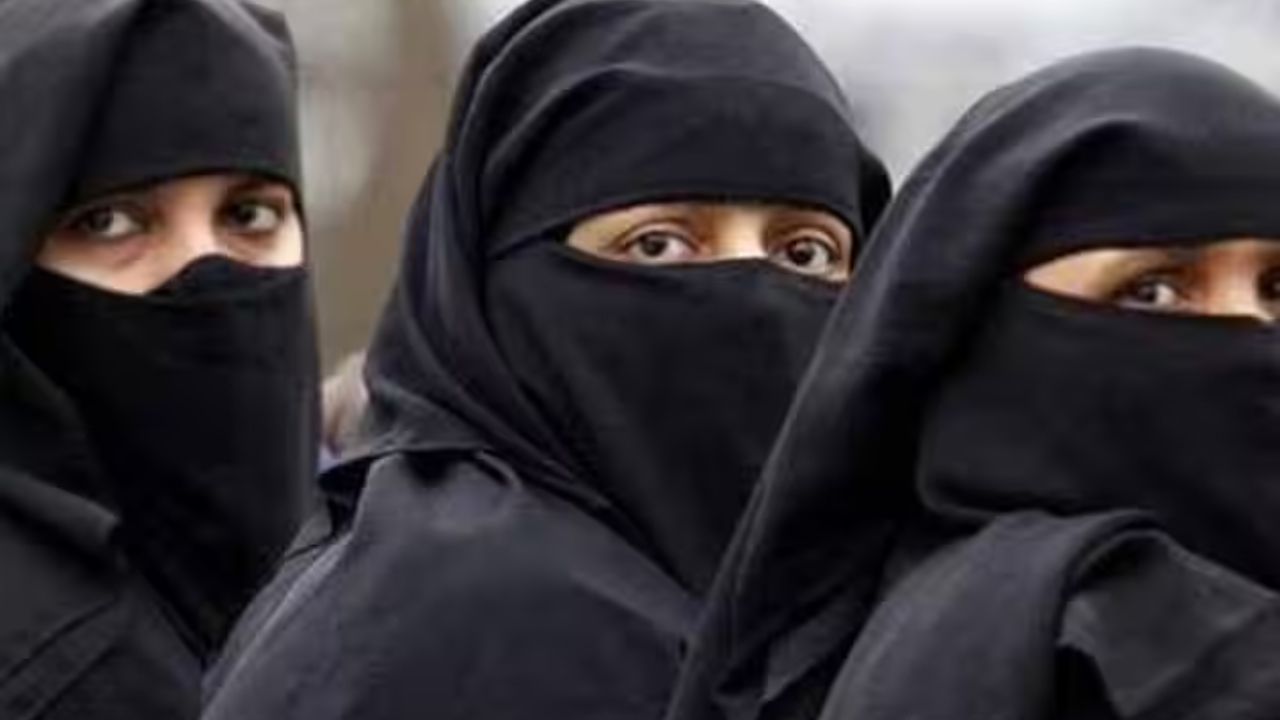 English
English

A three-judge bench headed by Justice Surya Kant, Justice Ujjal Bhuyan, and Justice Kotishwar Singh indicated that it may consider annulling Talaq-e-Hasan. In the case of Benazir Heena vs. Union of India and others, the bench indicated that it may refer the matter to a five-judge bench.

Representational Image
New Delhi: The Supreme Court has expressed strong displeasure over Talaq-e-Hasan, a divorce procedure common in the Muslim community. The court questioned whether it could be permitted in a civilized society. A case involving a divorce petition sent through a lawyer without the husband's presence is currently being heard in the Supreme Court.
A three-judge bench headed by Justice Surya Kant, Justice Ujjal Bhuyan, and Justice Kotishwar Singh indicated that it may consider annulling Talaq-e-Hasan. In the case of Benazir Heena vs. Union of India and others, the bench indicated that it may refer the matter to a five-judge bench.
So, let's learn the full details:
What is the PIL about?
In fact, petitioner Benazir Heena was unilaterally divorced by her husband Yusuf through Talaq-e-Hasan. They then prayed that Section 2 of the Muslim Personal Law (Shariat) Application Act, 1937, be declared void. This section allows Muslims to unilaterally divorce.
The petitioner also claimed that Talaq-e-Hasan violates Articles 14, 15, 21, and 25 of the Constitution. The PIL also sought guidelines based on a gender- and religion-neutral procedure. Previously, in 2017, the Supreme Court invalidated instant triple talaq in the case of Shayara Bano v. Union of India and others, and the Muslim Women (Protection of Rights on Marriage) Act, 2019 came into effect.
What is Talaq-e-Hasan?
In an exclusive interview with Jagran Digital, Maulana M. Sajid Rashidi, President of the All India Imam Association, said, Talaq-e-Hasan means that the husband divorces his wife three times during the three days of purity (tuhr). In this, each divorce is pronounced in a separate tuhr. That is, the first divorce will be pronounced in one tuhr, then the second divorce will be pronounced after the next tuhr, and the third divorce will be pronounced after the third tuhr. This is one of the Sunnah types of divorce.
Talaq-e-Hasan Explained
First divorce: When a woman menstruates and then becomes pure, the husband will pronounce the first divorce during this period of purity, during which the husband has not had sexual intercourse.
Second divorce: After that, when her next menstruation comes and she becomes pure again, he will pronounce the second divorce during this second tuhr.
Third divorce: When the third tuhr comes after that, he will pronounce the third divorce.
Divorce cannot be pronounced when a woman is menstruating or pregnant.
How is it different from triple talaq?
In triple talaq (talaq-e-biddat), a person pronounces multiple divorces at once. There is no scope for reconciliation between the husband and wife, and the marriage ends on the spot. Triple Talaq has been banned in many Muslim countries like Egypt, Syria, Jordan, Kuwait, Iraq and Malaysia.